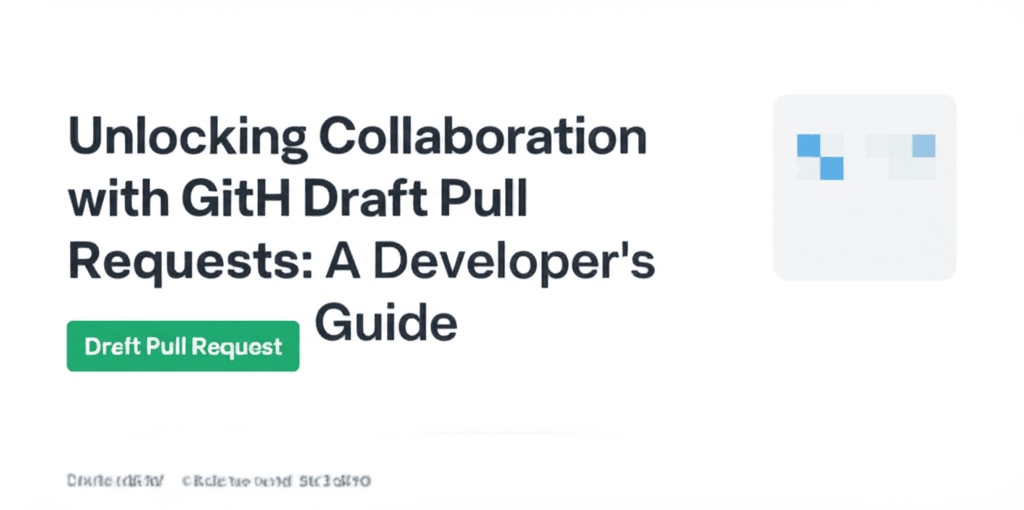GitHub Draft Pull Requests are transforming how developers collaborate on projects, offering a streamlined way to manage contributions without the pressure of immediate completion. This feature is especially valuable in team environments, educational settings, and open-source projects where visibility and coordination are key. In this article, we explore the benefits, workflows, and best practices for using draft pull requests effectively.
One of the primary advantages of draft pull requests is enhanced communication. When you create a draft PR, it signals to repository owners and other contributors that work is in progress. This prevents duplicate efforts and allows stakeholders to provide early feedback, ensuring alignment with project goals. Unlike traditional pull requests, which are often created only when code is ready for review, draft PRs foster a more iterative and collaborative development process.
Another significant benefit is conflict management. With each commit to a draft pull request, GitHub automatically checks for merge conflicts against the target branch. This real-time feedback helps developers address issues early, reducing integration headaches later. For example, if you are working on a feature branch and the main branch receives updates, the draft PR will highlight conflicts immediately, prompting you to merge changes and resolve discrepancies promptly.
When it comes to merging changes, developers have two main options: using GitHub’s web interface or handling merges locally. The web merge is straightforward and ideal for simple scenarios with no conflicts. With a single click, you can merge the pull request if continuous integration (CI) checks pass and there are no merge issues. This approach is efficient for small changes or when working in a trusted environment.
Alternatively, merging locally provides greater control and thoroughness. To do this, add the original repository as a remote, pull the latest changes from the main branch, and use Git commands to merge and resolve conflicts in your development environment. After testing the merged code thoroughly, push the changes to update the pull request automatically. This method is preferred for complex features, as it allows comprehensive testing and review before integration.
Best practices for using draft pull requests include keeping them updated frequently, adding descriptive titles and comments to clarify intent, and leveraging GitHub’s built-in tools like status checks and review requests. By adopting draft PRs, teams can improve transparency, reduce merge conflicts, and accelerate development cycles. Whether you are a student collaborating on a class project or a professional contributing to a large codebase, draft pull requests are a powerful tool for modern software development.

Leave a Reply